The Disruptive Octopus: Tentacle 2
Channel and Business Model Innovation
This is part 3 of a multi-part article that details how Seed Strategy leveraged the 8 tentacles of disruptive innovation to help the Ball Corporation launch the Ball Aluminum Cup®. Please click here if you want to begin at part 1 of the article.
Tentacle 2: Channel and Business Model Innovation
Challenge: The Ball team was used to working with business models that fit the organization’s B2B aluminum packaging business, but those weren’t applicable to the Ball Aluminum Cup®. Unlike the company’s aluminum cans and bottles, the Ball Aluminum Cup® would get a large percentage of its sales from the B2C channel. It would also carry a more premium price and be used differently. This meant that the right business model would have to help consumers see the value of using, refilling and recycling the cup.
Action: Seed leveraged its expertise in channel and business-model innovation to successfully overcome the product’s potential pricing and usage barriers.
The initial business model focused on the on-premise channel, primarily sports and entertainment venues. This strategy provided trial to an audience that was less price sensitive—and to venues that saw the cup as a low-impact way to meet sustainability goals and requirements. It also put the product in an environment where people are used to disposing and recycling their cups after usage.
When COVID-19 halted most on-premise events, the team had to shift gears and accelerate its retail launch strategy. The group knew retail success was even more heavily dependent on establishing proper usage behavior—getting people to use the cup, refill it a few times, and then recycle it—and that this would require breaking the consumer tension between disposability and premium value (in other words, people don’t usually throw away premium-priced items they value).
The answer came in the form of a commercial idea. The team discovered that using the context of parties—beginning with COVID-friendly virtual happy hours and get-togethers—would provide the same benefits it sought from on-premise venues. (At parties, people are less price sensitive, expect a premium experience and are used to disposing of cups.) Further, this approach allowed them to scale the message to align with the changing sentiment around social interaction.
Results: The unique business model removed the barriers stemming from the premium price point and consumer behavior change and leveraged the only disposable cup model that touted refill and reuse. Additionally, Seed’s commercial idea provided the brand with multiple creative executions, all anchored by a consistent message.
Key Tools/Processes:
-Business Model Innovation
-In-Market Pilots
-Product Launch Planning
-Commercial Idea Development
Please click here to continue to the next section of the article about Tentacle 3: Command the Category—or click here to read the full-length version of the article.
Contact Sean Smyth to learn more about how Seed can help with your next disruptive innovation effort.
Written by Eric Scheer and Adam Siegel.
Eric Scheer is President, Chief Strategy Officer at Seed Strategy where he leverages his rich experience as an entrepreneur, designer and strategist to expertly lead the agency and help clients achieve meaningful growth.
Adam Siegel is the Editor of The Accelerator and VP, Creative at Seed Strategy where he draws upon his diverse experience in advertising, research and innovation to craft breakthrough creative and winning copy.
Connect with us! Follow Seed Strategy on LinkedIn, Twitter, Facebook.


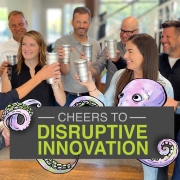
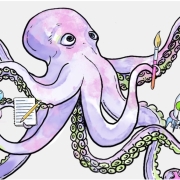
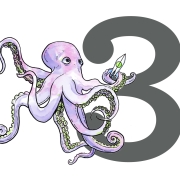
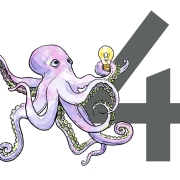
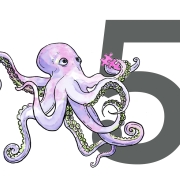
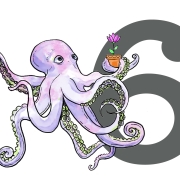
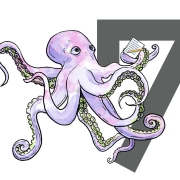
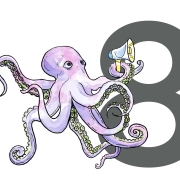

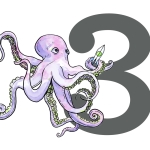
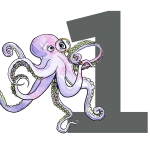
Trackbacks & Pingbacks
[…] click here to continue on to Tentacle 2: Channel and Business Model Innovation, or click […]
[…] Critical Foundational Learning and Analysis 2. Channel and Business Model Innovation 3. Category Domination Strategy and Execution 4. Rapid Ideation and Alignment 5. Partnership […]
[…] click here to continue on to Tentacle 2: Channel and Business Model Innovation, or click here to read the […]
Comments are closed.